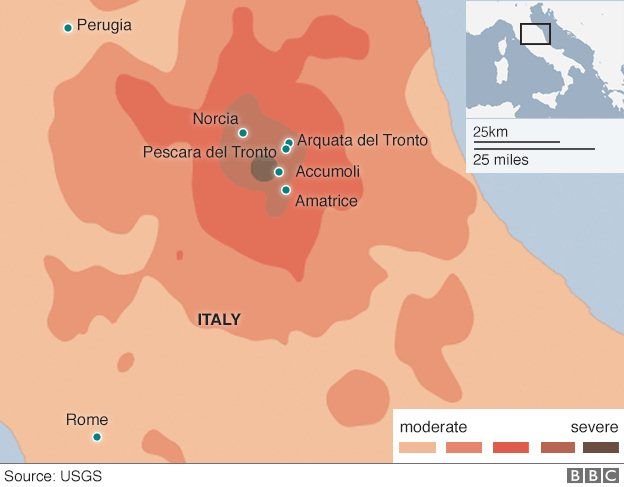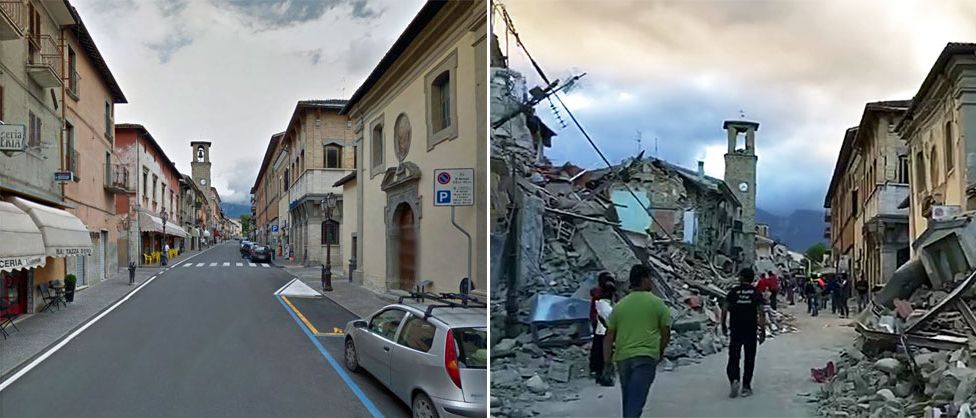On May 31, 1935, at 3:03 A.M., a 7.6 magnitude earthquake razed the streets of Quetta. Quetta was a mid-sized city in the arid badlands of the province of Balochistan, British India (modern day Pakistan) (Skrine 1936). The city held a strong military presence which was in place to protect the border of British India, which had caused the population to ascend rapidly. The families of the soldiers often immigrated along with the soldiers, as well as merchants and government officials to provide services and city planning. The quick rise in population, as well as the caste system that was prevalent in British India, led to distinct districts that were segregated based upon race and occupation (Global Shelter Cluster 2019). These districts varied in building quality, location, and population density. The poorest district was made of tall, mud and brick buildings and were placed in close proximity to each other. A district was devoted to government officials, and the buildings there were well built. The military districts were the best suited for an earthquake, as they were not on alluvial soil and had many open areas and smaller buildings (Global Shelter Cluster 2019). The earthquake in Quetta was caused by a surface-rupturing left-lateral strike-slip even along the Chaman Fault and the shaking could be felt for up to 100 miles. This region has significant amounts of tectonic activity, as it is in between the Indian, Eurasian, and the Himalayan plates (Reynolds et al. 2019). When the earthquake struck, the poorest districts and the district for government officials was where the shaking was strongest. These districts were built upon alluvial soil, which holds moisture and causes liquefaction to the soil during an earthquake. Since the poorest district had poorly constructed buildings and a high population density, this intense shaking almost completely decimated this district (Global Shelter Cluster 2019). As most people were sleeping when the shaking first occurred, these poorly constructed buildings fell apart on them in their sleep. Those who were awake could often not escape their buildings, as there was a lack of exterior exits (Skrine 1936). The district which hosted the government officials also experienced extensive damage, but the casualties were lessened due to the buildings being more spread apart, which allowed more people to escape their buildings. The military districts survived without much damage, due to the well constructed buildings and due to the soil being drier than the alluvial soil of the poorer districts (Global Shelter Cluster 2019). In the aftermath of this terrible earthquake, 60,000 citizens of Quetta were killed and there was approximately $25 million of damage, adjusted to USD in 2001 (NCEI 2024).
Figure 2: Diagram of the tectonic activity around Quetta.
There were significant problems in the aftermath of the earthquake, as would be the case in any earthquake with this level of loss of human life and property damage. Immediately, the military declared martial law, set up a hospital, dug up survivors, and opened camps for survivors. The military then cut off the city as a safety measure, to keep people away from disease caused by rotting bodies (Global Shelter Cluster 2019). The military had to ward off looters, who had traveled from the frontier to loot what they could (The Associated Press 1935). Tents and camps were erected, but these tents were not properly prepared for the weather, nor was there anywhere near enough of them. Thousands of people were evacuated by train, though there was significant racial bias during the evacuation, as British citizens were prioritized. A Relief Fund was also established, in which $7.1 million, adjusted to USD in 2018, was raised worldwide to help with reconstruction efforts. Much of this aid also was troubled by racial bias, with British citizens gaining much of the aid. There were significant strides to improve the infrastructure, but during winter, no progress could be made due to improper equipment (Global Shelter Cluster 2019). When reconstruction could resume, the city planners implemented a strict city code to prevent another disastrous event, despite local uproar over the high costs of these improvements. Wider streets, improved sewage systems, exterior exits on buildings, steel-reinforced concrete, one story buildings, and square shaped buildings were all implemented across the city. Squared shaped buildings were found to have collapsed less during the earthquake than rectangular buildings, due to less stress up the corners, explaining the code (Global Shelter Cluster 2019). During an earthquake in 1955, many of these new structures performed admirably and there was significant reduction in deaths and damage (Reynolds et al. 2019).
Figure 3: The destruction caused by the earthquake in Quetta.
Overall, the response and recovery to this tragedy was admirable in many ways, yet could have improved. The improvements made to the city after the event could have been made prior, if as much care was taken to other citizens as much as British citizens and the military. However, despite the problems caused by racial bias, the military’s response was quick and effective given the scale of the task laid before them. The cutting off of the area prevented the catastrophe from spreading while the military could rescue civilians and establish hospitals and camps. The evacuation could have been more effective, as British citizens were given preferential treatment. The population continued to grow as labor came in to rebuild as well. One of the major problems was the lack of shelter, as well as the available shelter being ineffective in the climate (Global Shelter Cluster 2019). This is an area in which the government was woefully unprepared, and should be improved upon. However, despite the many issues plaguing this disaster, they performed well in the aftermath.
https://www.youtube.com/watch?v=ZY0sabJFsAA
Video: The video briefly shows the destroyed city and the reconstruction of the city. It also shows the living conditions of those displaced by the event, as well as the builders implementing steel reinforced concrete to their buildings to prevent another disaster of this magnitude.
Works Cited
Global Shelter Cluster. (2019, May). Shelter Projects 2017-2018. The Shelter Project. http://shelterprojects.org/shelterprojects2017-2018/ShelterProjects_2017-2018_lowres_web.pdf
Reynolds, K., Copley, A., & Hussain, E. (2015). Evolution and dynamics of a fold-thrust belt: the Sulaiman Range of Pakistan. Geophysical Journal International, 201(2), 683–710.
Significant Earthquake Information. NCEI Global Historical Hazard Database. (n.d.). https://www.ngdc.noaa.gov/hazel/view/hazards/earthquake/event-more-info/3550
Skrine, C. P. (1936). The Quetta earthquake. The Geographical Journal, 88(5), 414. https://doi.org/10.2307/1785962
The Associated Press. (1935, June 1). 20,000 killed by india quake; city shattered. Chicago Daily Tribune, pp. 1–1.










